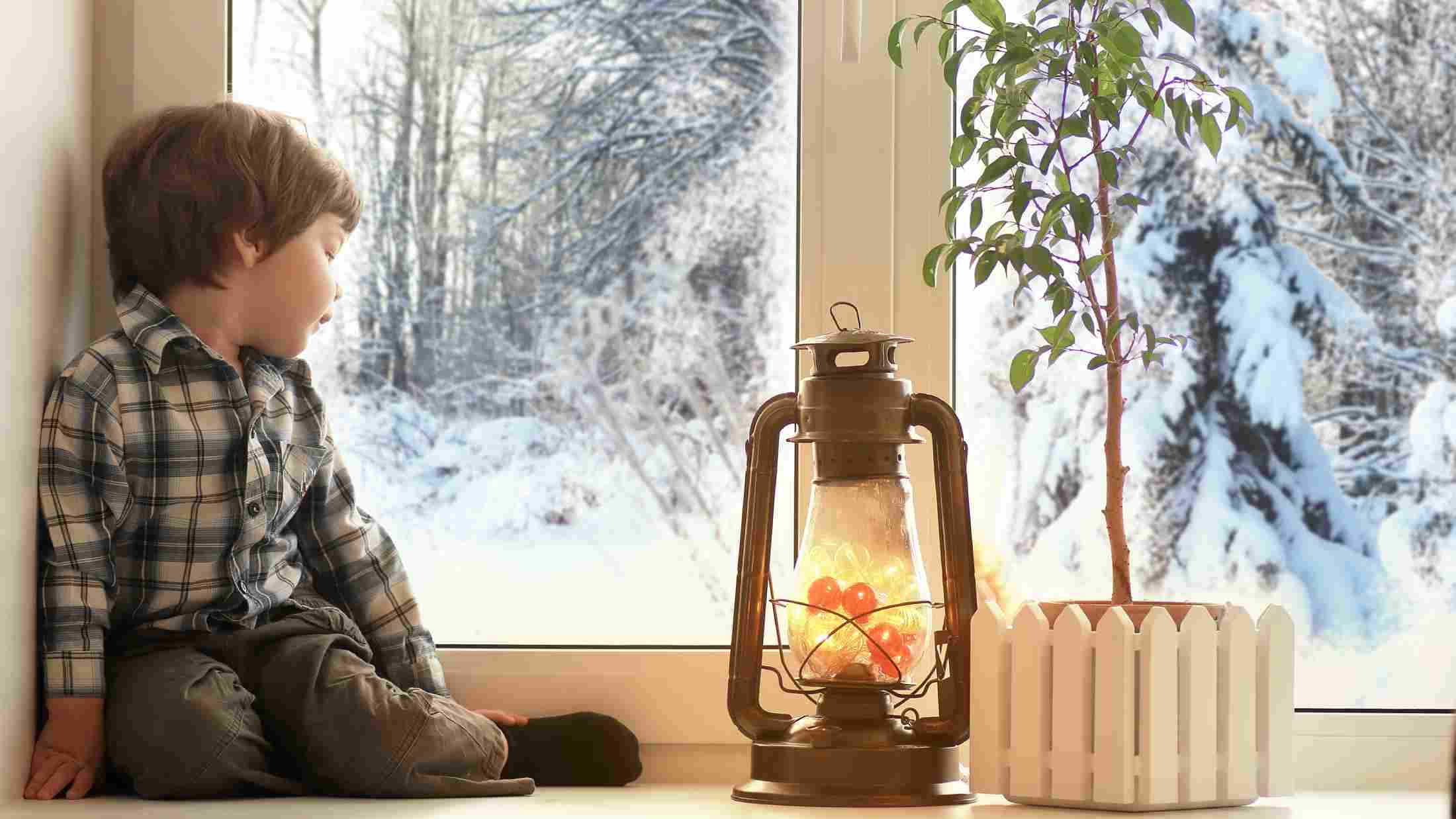At AXA we know that your home is that one place where you should always feel safe and comfortable – so when pests like wood-boring beetles arrive, it’s essential that you know how to deal with them.
So just what is a woodworm? This is the name for the larvae form of a wood-boring beetle, and these small insects are a common sight in homes across the UK. You’re most likely to see them between early spring to mid-autumn, where they’ll make their home in any untreated timber they can find, whether that’s in the interior or exterior of a home.
Spotting the first signs of woodworm beetles is the best way to avoid infestations. So if you’re wondering what wood worms look like, our guide will answer this question and many more, letting you keep your property safe from natural damage.
In this section:
Lifecycle of Woodworms
To make sure that woodworm larvae don’t take up residence on your property, it’s worth knowing exactly how they develop.
The typical life cycle of woodworms is over three to four years and during that time they will grow while feeding on any untreated timber. With this source, they’ll steadily grow in size and this is often what’s happening before you spot the first signs of woodworms.
The next stage of a wood boring beetle’s growth cycle is to move from larvae into a beetle form and they’ll keep eating parts of a home’s timber. This part of furniture beetles’ life cycle is when you can see serious damage to your home’s structure and their feeding can leave a whole web of tunnels behind them. This is why looking out for woodworm eggs is a must for any homeowner or tenant.
Types of Woodworm
Lots of different types of woodworm can invade your home – here are some of the most common pests to look out for and the types of wood that you’re most likely to see them in:
-
Common Furniture Beetle
The shape of this insect is similar to some of the most common beetles in the UK and they have a light green and brown colouring; you’re most likely to see this variety in the sapwood of hard and softwood and they follow the grain of your wood -
Death Watch Beetle
The next beetle that you might spot has a furry texture and a mixture of dark and light brown shades across its surface; this insect prefers to burrow in rotting hardwoods like Elm or Oak -
Powder Post Beetle
This pest has a red and brown colour on its surface and a somewhat hairy texture; you’re most likely to see them in young hard sapwood and the tunnels they leave often have a maze-like structure -
House Longhorn Beetle
If you see this dark brown insect, it will typically be larger than most similar beetles and it has long antennae and white hairs on its surface; you’re most likely to see them in young softwoods -
Wood Boring Weevils
If you see a red and brown colouration on insects that are making their home in very rotten timber, it’s most likely to be a wood boring weevil; the tunnels they create tend to be oval shaped and just below wood’s surface
Identifying Woodworm infestation
So what are the warning signs of woodworm in your furniture to look out for? Knowing these tell-tale signs of woodworm infestation will enable you to stop this issue in its tracks:
- Small round holes in your woodwork, typically 1mm to 2mm in diameter
- Fine, powdery droppings close to the holes in furniture or skirting
- Crumbling edges to your skirting boards
- Small tunnels in wood throughout your house
- Timber and flooring becoming weaker or giving way
While early signs of woodworm are not necessarily visible as they happen inside your timber, keeping an eye out for things like dead woodworm beetles, small droppings and woodworm holes in furniture will give you the best chances of stopping this problem from developing.
How to tell if a Woodworm is active?
Unsure how to tell if woodworm is active in your home? Once you’ve identified an infestation, you need to check for signs of active woodworm. The droppings that active woodworm leave behind are called frass and seeing these alongside small holes in timber is a clear way that you can tell if you have active woodworm in your furniture
Another top tip is to try filling woodworm holes with beeswax or leaving a mark with a felt tip pen on the holes left in furniture. If you see continued damage, you’ll know that these insects are currently active.
How to treat Woodworm infestation?
The last thing that you’ll need to know is how to treat woodworm in furniture. The best method will depend on whether this issue is located in smaller spaces like furniture or larger areas deep into the timber.
Surface treatments (furniture woodworm)
For this kind of issue, you can simply try spraying a woodworm treatment that’s made with Permethrin. Be sure to apply this product on any area where you’ve seen signs of woodworm and to re-apply it regularly. We also suggest treating any nearby timber to protect your home from more woodworm issues.
Injection treatments (timber woodworm)
For insects that have become more deeply embedded in your home’s timber, you’ll want to use woodworm treatment gel alongside a surface spray. To apply this product you need to drill into infestation areas and fill the hole with this kind of product. If you’re unsure about carrying out a woodworm DIY treatment, be sure to contact a local pest control professional for help.
We hope our handy guide has given you everything you need to know about treating woodworm in your home. It’s also good to know that under your AXA policy, damage caused by woodworms would not be covered under buildings or contents.













